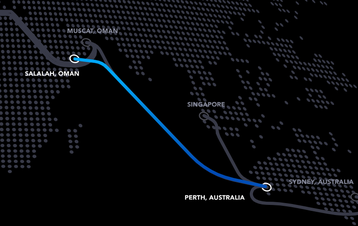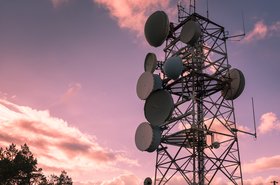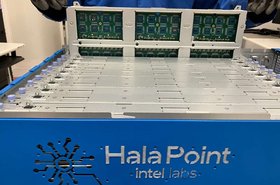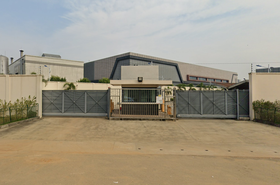The Oman Australia Cable (OAC) subsea cable has a secret spur to a US Naval base on the island of Diego Garcia.
Reuters reports the Pentagon reportedly paid for around a third of the $300 million cable in exchange for the secret spur. The spur was quietly laid by Subcom during the main trunk’s deployment last year under the codename “Big Wave.”
The spur had not been previously mentioned by the companies involved in the project or the US government.
Diego Garcia is a small atoll in the Indian Ocean, more than 1,100km south of the Maldives. Part of the British Indian Ocean Territory, the island is used by the US military, which has had a presence on the island since the 1960s.
The existence of the clandestine cable spur was confirmed to Reuters by the US Pacific Fleet, which said the OAC cable offered “a unique opportunity” to connect the remote island with an undersea fiber optic Internet cable.
“The resiliency, redundancy, and security of our communication infrastructure represent a top priority for US Pacific Fleet,” the statement said. “This partnership has increased the digital resiliency and security of our communication infrastructure in the Indo-Pacific.”
First announced in 2020, the 10,000km cable runs from Perth in Australia to Muscat in Oman, with a spur to the Cocos Islands. Officially launched in October 2022, the cable runs close by to Diego Garcia en route to Oman. Plans for a second Oman landing in Salalah were announced by SubCo in March for a late 2024 launch.
Bevan Slattery, the Australian digital infrastructure entrepreneur, led the project via his Subco company. The project was reportedly a partial revival of a 2017 plan to build a cable between Australia and the Republic of Djibouti that would have had a secret spur to the island.
According to ship tracking data, Subcom’s CS Dependable cable ship spent weeks in the waters around Diego Garcia in February and March of 2022, where it was likely laying the cable, before sailing on to Oman.
The first public mention of the cable was actually on the island’s radio station, 99.1 The Eagle, which was posted to the station’s Facebook page.
“We're going to have fiber optics here on the island very soon,” Captain Richard Payne, then-commander on Diego Garcia, said when answering a question about an ‘unusual vessel’ off the shore. “Starting today [or] tomorrow, we have the cable-laying ship that is out there off the coast now. It’s a commercial company doing that … It’s a very interesting ship.”
Prior to the cable spur, the island was reportedly reliant on satellite communications.
Subcom, previously Tyco Telecommunications, can trace its roots back to AT&T’s marine unit, which it sold off in 1997. US private equity firm Cerberus Capital Management bought the company from Tyco in 2018 and renamed it Subcom.
The company was officially founded in 1955 for AT&T’s laying of the first transatlantic cable, TAT-1. But Reuters reports that the unit can trace its roots further back to 1950 when AT&T helped the US Navy build a network of undersea surveillance cables to listen for Soviet submarines. After the Sound Surveillance System, also known as “Project Caesar,” was completed, AT&T looked to commercialize the business.
Reuters notes Subcom is the only US-based manufacturer of subsea cables – alongside Japan’s NEC Corporation, France’s Alcatel Submarine Networks, and China’s HMN Tech – and operates six cable laying ships. The US Navy has only one cable ship – the 40-year-old USNS Zeus – which is used for cable repairs.
Subcom reportedly secured a $10 million-a-year contract in 2021 from the US Department of Transportation (DOT) to run a two-vessel fleet to provide undersea cable security. The company’s S Dependable and CS Decisive vessels now make up the US government’s first Cable Security Fleet, tasked with laying, maintaining, and repairing subsea cables to support US national security and economic interests, in partnership with the Department of Defense.
Where previously Subcom worked with telecoms & technology companies globally, the cable firm now works almost exclusively for the US military and large US tech firms, SubCom employees told Reuters.
Another Subcom-made cable, SAFE, which runs from South Africa to India and Malaysia, also nears the island in the opposite direction. Laid in 2002 in partnership with close to 30 partners including China Telecom, there is no mention of a cable spur to the island.
This isn't the first time the US government has directly invested in subsea cables to island bases. The government owns and operates two subsea cables that run from its Guantanamo Bay Naval Base and prison camp in Cuba; one to Punta Salina in Puerto Rico, and the other to Florida. GTMO-1, which lands north of Miami in Dania Beach, launched in 2016. GTMO-PR launched in 2019 and lands at Punta Salina. Both were supplied by Xtera.







